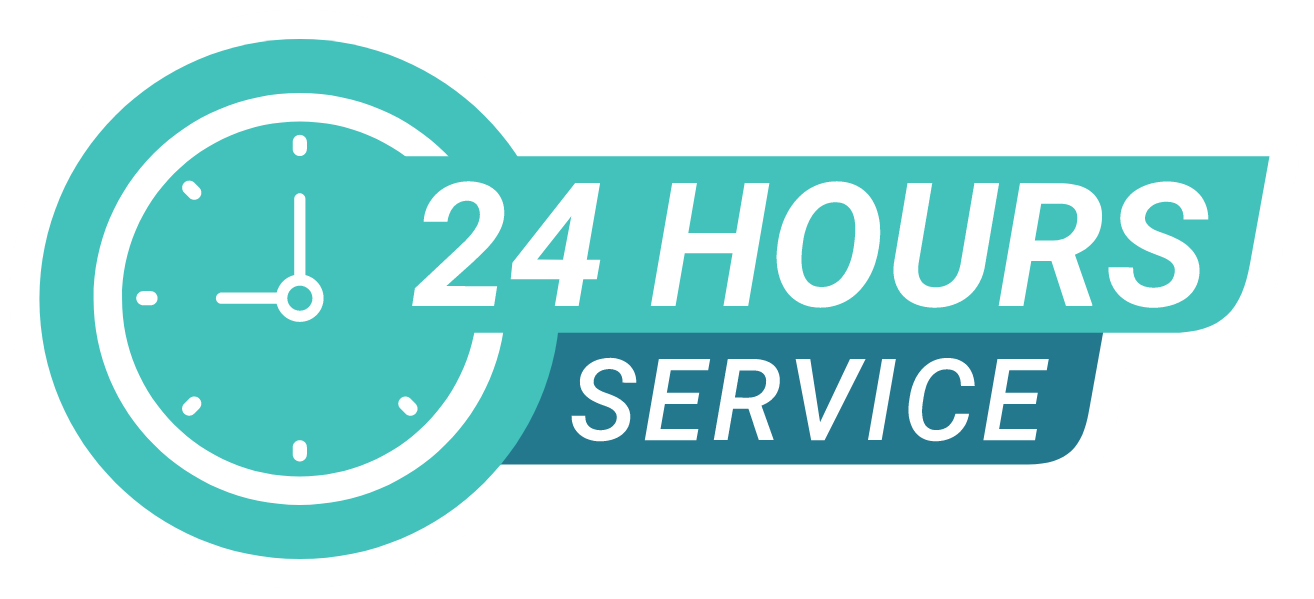When a fire happens, the immediate damage is only part of the challenge. Long after the flames are out, smoke, soot, and water can linger, leaving homes unsafe and families overwhelmed. Knowing how fire damage restoration in Maryland, DC and Virginia works can help property owners and managers take the right steps toward recovery and avoid bigger problems down the road.
The Lasting Effects of Fire Damage
A fire doesn’t just leave behind charred walls or broken furniture. Smoke can seep deep into walls and fabrics, carrying odors that last for months if untreated. Soot can stain surfaces and damage electronics. On top of that, the water used to put out the fire often soaks into flooring, drywall, and insulation—creating the perfect environment for mold if it’s not cleaned up quickly.
How the Restoration Process Works
- Safety and Inspection
The first step is always safety. Professionals assess the structure to make sure it’s stable and safe to enter. They also take note of the full extent of the fire, smoke, and water damage. - Protecting What’s Left
Open roofs, shattered windows, or broken doors are covered and secured to keep out rain, wind, and unwanted entry. This step helps prevent further damage while the cleanup begins. - Drying Out the Property
Firefighting efforts often leave behind large amounts of water. Pumps and drying equipment are used to remove moisture from walls, flooring, and other areas that could develop mold. - Cleaning Smoke and Soot
Smoke and soot don’t just look bad—they’re harmful to breathe. Specialized cleaning tools and filters are used to remove residues from surfaces and improve air quality inside the home. - Repairs and Rebuilding
Once the property is clean and dry, repairs can begin. Sometimes this means smaller fixes like painting and replacing flooring. In other cases, sections of the home may need full reconstruction.
Why Quick Action Matters in Maryland
Maryland’s humid climate makes it especially important to act quickly after a fire. Moisture trapped in walls or flooring can lead to mold growth in just a few days. Taking early steps with fire damage restoration helps prevent these secondary issues and speeds up recovery.
Practical Steps for Homeowners After a Fire
- Don’t enter the property until the fire department says it’s safe.
- Avoid wiping or scrubbing soot, as it can smear and make the damage worse.
- Take photos of the damage for insurance purposes before cleanup begins.
- Keep all receipts if you need temporary housing or essentials, since insurance may cover them.
Conclusion
Recovering from a fire is never easy, but understanding the process makes it less overwhelming. Fire damage restoration in Maryland goes beyond surface repairs—it’s about removing hidden hazards, protecting what’s left, and making the home safe to live in again. Acting quickly and knowing what steps to expect can make the path to recovery a little clearer.
Sharing is caring!







